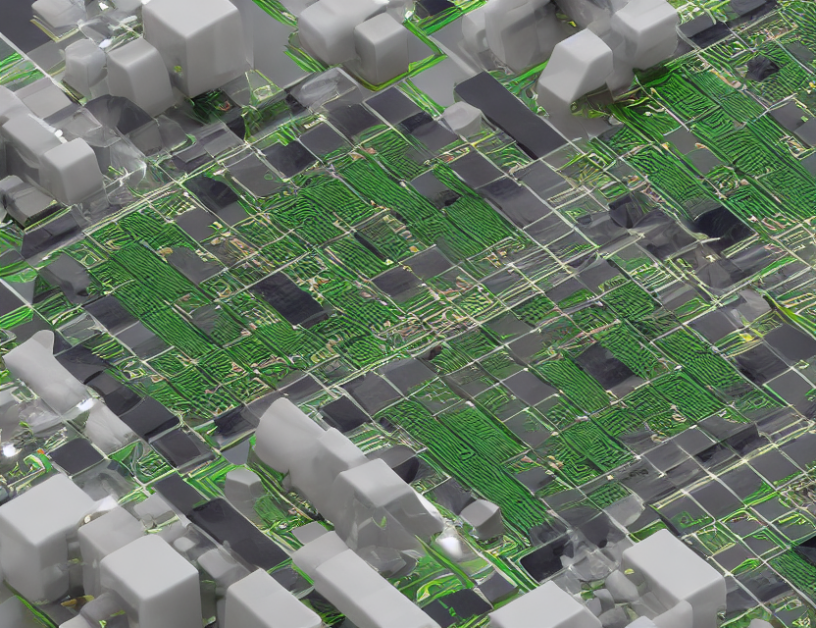In this article, we explore a new neuromorphic architecture called the Threshold Block, designed to efficiently process signals in event-driven systems. By mimicking the structure and function of biological dendrites, the Threshold Block can perform complex computations with minimal energy consumption. We’ll delve into the details of this innovative design and explain how it could revolutionize the field of neuromorphic engineering.
Threshold Block Structure
The Threshold Block is composed of three main components: the input stage, the threshold circuit, and the output stage. The input stage receives the incoming signal and passes it to the threshold circuit, which performs a non-linear activation function to determine whether the signal crosses a predefined threshold. If the signal does cross the threshold, the output stage is activated, otherwise, it remains inactive. This simple yet powerful design allows for efficient event-driven signal processing with minimal energy consumption.
Biomimetic Inspiration
The Threshold Block draws inspiration from the structure and function of biological dendrites, which are responsible for transmitting signals within neurons. By mimicking this natural process, the Threshold Block can efficiently process signals in a distributed manner, similar to how biological dendrites operate. This innovative approach not only simplifies the design but also reduces energy consumption, making it more feasible to integrate into larger systems.
Efficiency and Scalability
One of the most significant advantages of the Threshold Block is its efficiency in processing signals. By using a non-linear activation function, the Threshold Block can detect even small changes in the input signal, making it ideal for applications where energy consumption is critical. Additionally, the architecture is highly scalable, allowing for the integration of multiple Threshold Blocks to form more complex neuromorphic systems. This flexibility makes it possible to build a wide range of neural networks with varying complexity and functionality.
Conclusion
In conclusion, the Threshold Block represents a significant breakthrough in neuromorphic engineering, offering a simple yet efficient means of processing signals in event-driven systems. By mimicking the structure and function of biological dendrites, this innovative architecture can perform complex computations with minimal energy consumption. As the field of neuromorphic engineering continues to evolve, the Threshold Block is poised to play a critical role in shaping the future of artificial intelligence and neural networks. Its potential applications are vast, from edge devices to large-scale data centers, and its efficiency could revolutionize the way we process and analyze signals in these systems.



